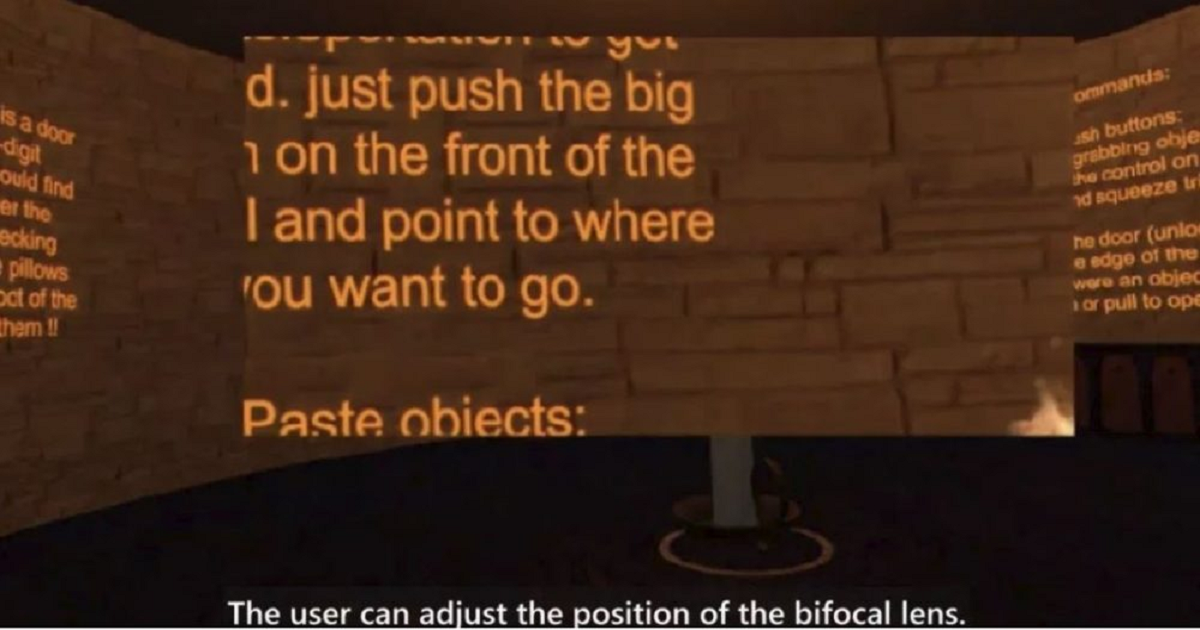SeeingVR Is Making ‘VR Bifocals’ To Help Low-Vision Users
uploadvr | April 21, 2019

Conceptually, virtual reality headsets present a fantastic opportunity to aid users with low vision: Up-close screens with high contrast and personally calibrated lenses could enable people to see details that might be missed in the real world. But as VR software isn’t generally optimized for low-vision users, Microsoftresearchers are previewing a solution called SeeingVR, a set of tools that easily enable Unity app and game developers to add accessibility features.The SeeingVR tools include all sorts of individual effects, ranging from brightness, contrast, and edge enhancement options to traditional magnification and window pane-like bifocal features. Developers can also highlight objects, create visual guidelines, and recolor scenes specifically to enhance them for low vision users; text can be visually augmented, turned into speech, or used to describe selected objects.While the enhancement and selection tools will be familiar to users of other platforms’ operating system-level accessibility tools, there are a few others that are fairly unique to Microsoft or SeeingVR. One is a depth measurement tool that helps users with poor sight in one eye gauge distance; another deliberately creates more focused tunnel vision with “peripheral remapping.” There’s even a “Seeing AI” feature that attempts to deduce and describe what’s in the field of view, absent a developer description — though adding descriptions is also an option.